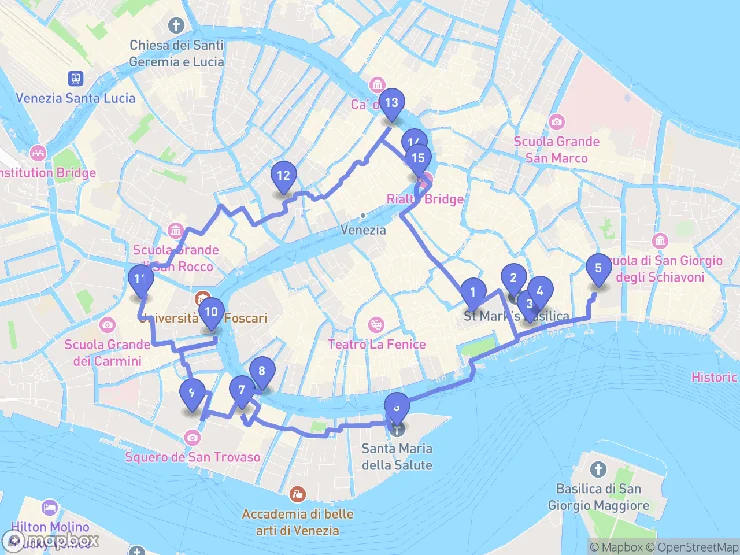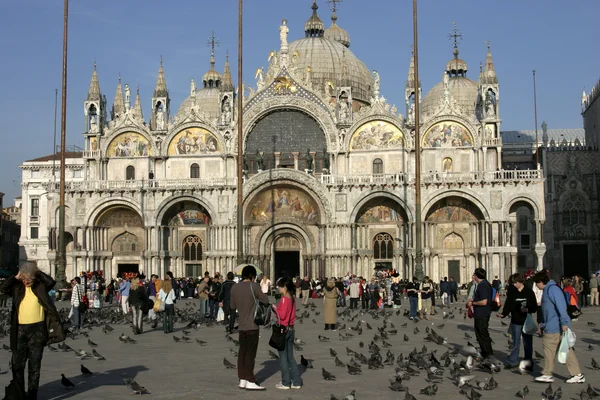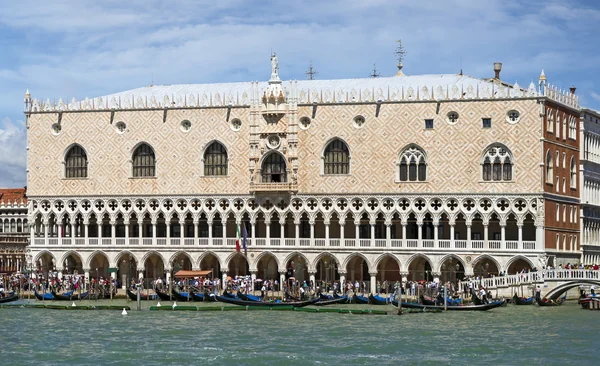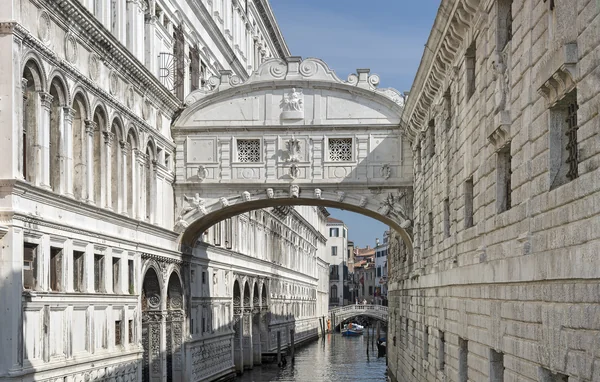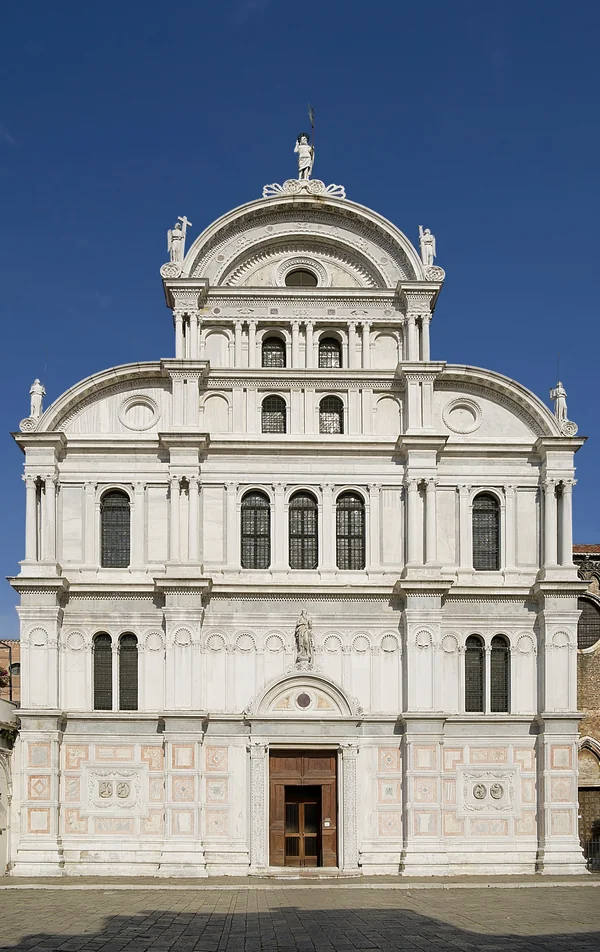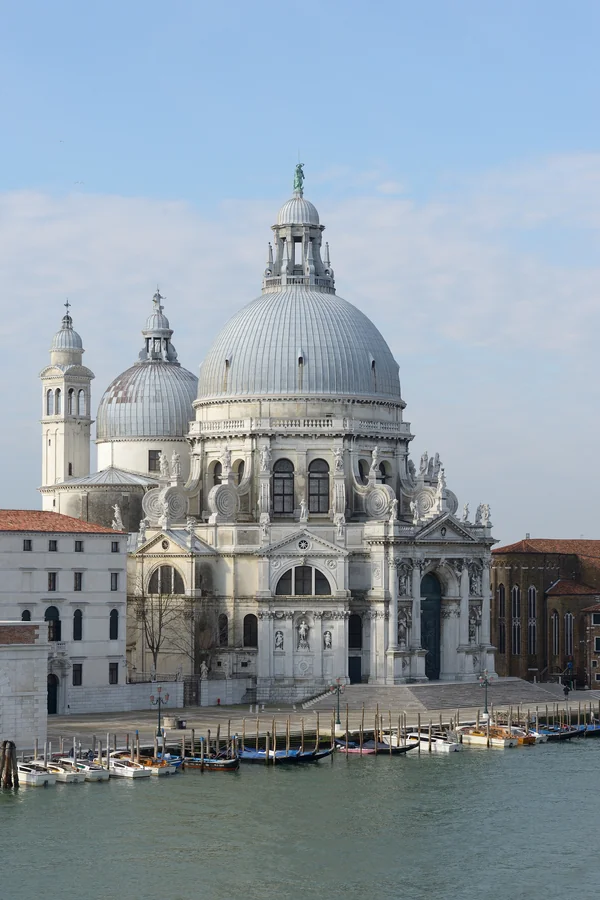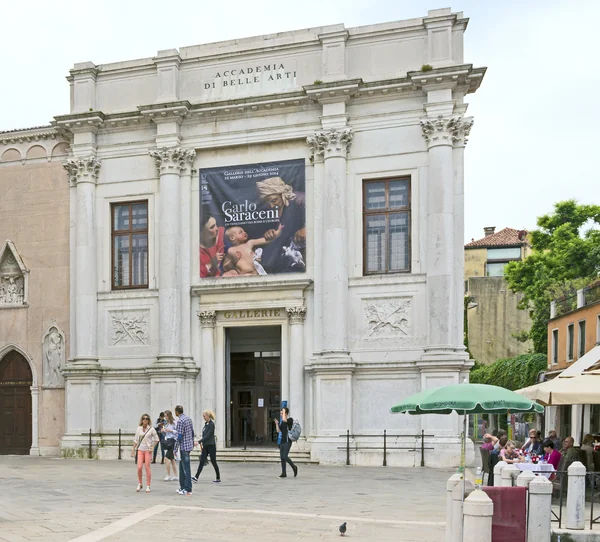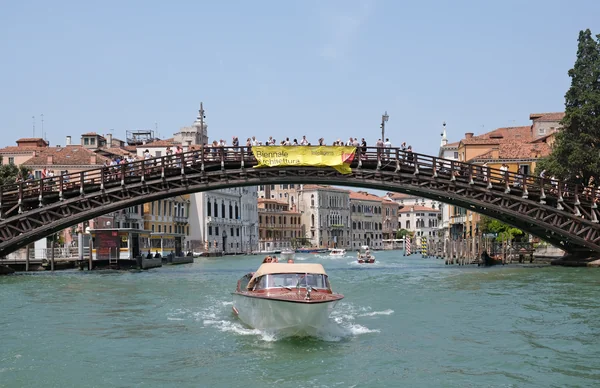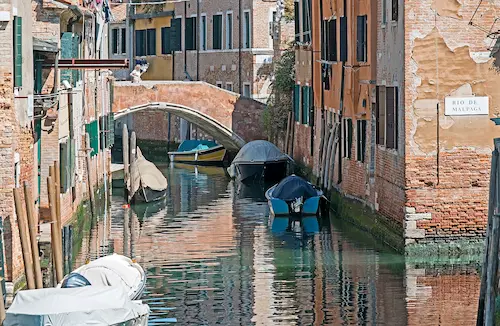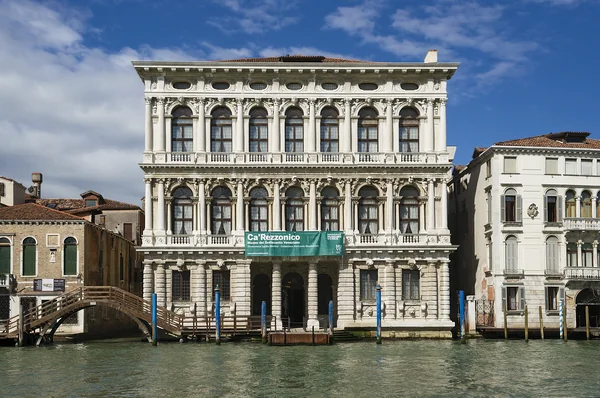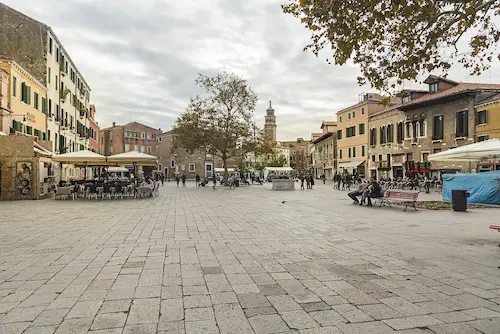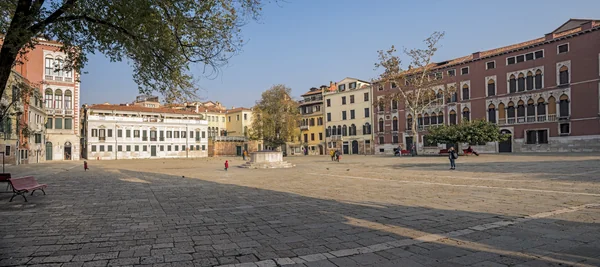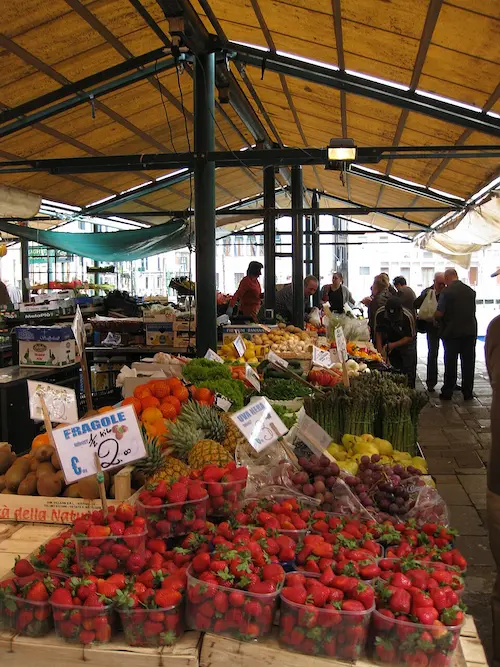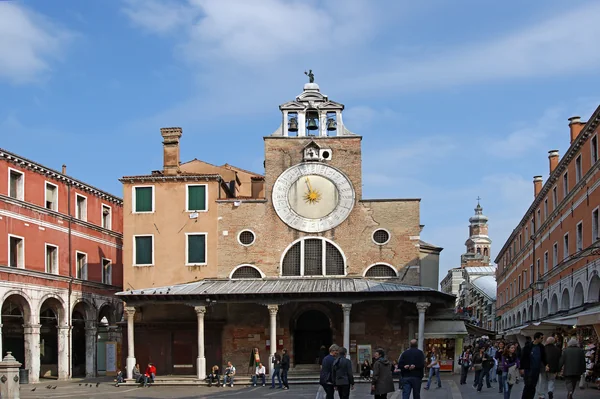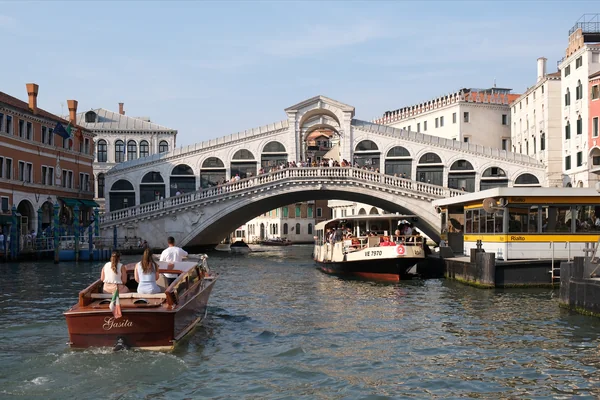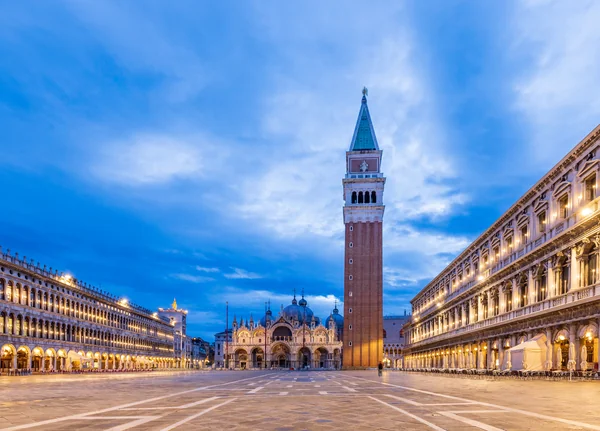
1. Piazza San Marco
St. Mark's Square is not merely the geographic heart of Venice—it's the soul of the city itself. This magnificent trapezoid-shaped plaza, measuring 176 meters long and 82 meters wide, is the only square in Venice officially designated as a "Piazza" (all others are "campi"). Surrounded by elegant arcaded buildings and dominated by the soaring Campanile, the square has served as Venice's ceremonial and political center since the 9th century.
The square achieved its current harmonious proportions in 1177, when the city underwent a major urban redesign. Napoleon famously called it "the world's most beautiful drawing room," and it's easy to see why. The symmetry of the procuratie buildings, the architectural diversity ranging from Byzantine to Renaissance, and the open space create an almost theatrical setting that has witnessed coronations, festivals, and historic events for over a millennium.
Interestingly, Piazza San Marco sits at the lowest point in Venice, making it the first area to flood when acqua alta (high water) reaches 82 centimeters. Yet even partially submerged, the square maintains its ethereal beauty, with the reflecting waters creating mirror images of the basilica and bell tower that photographers dream about.
